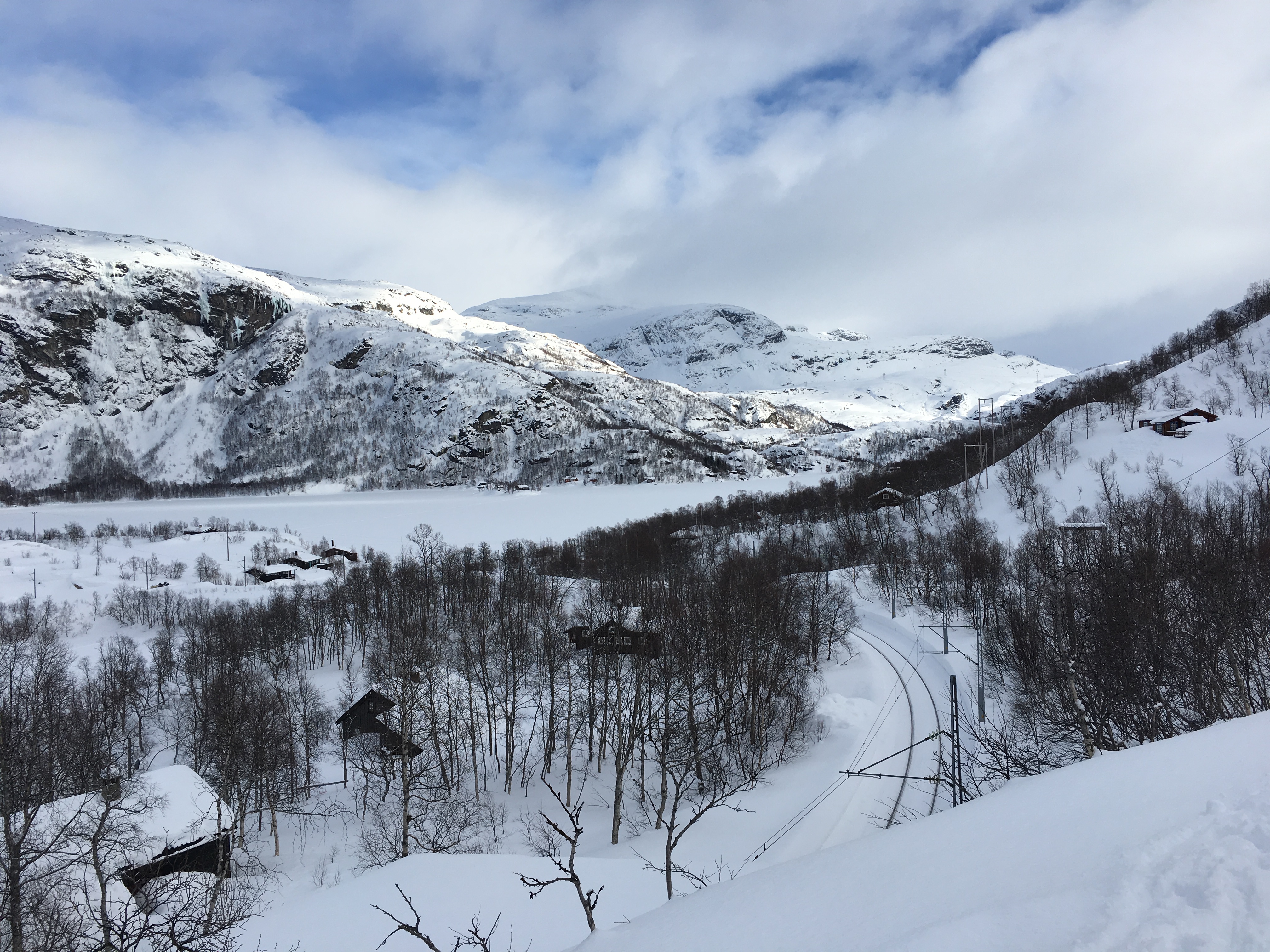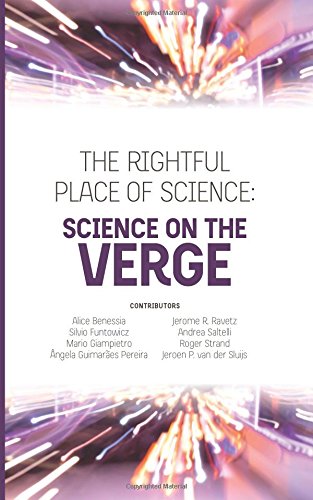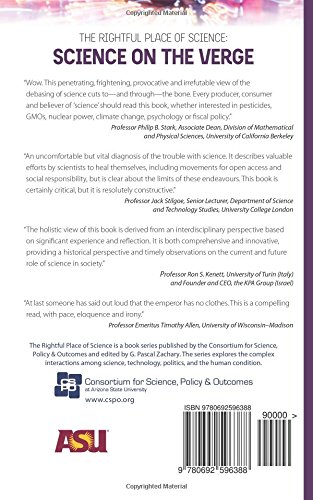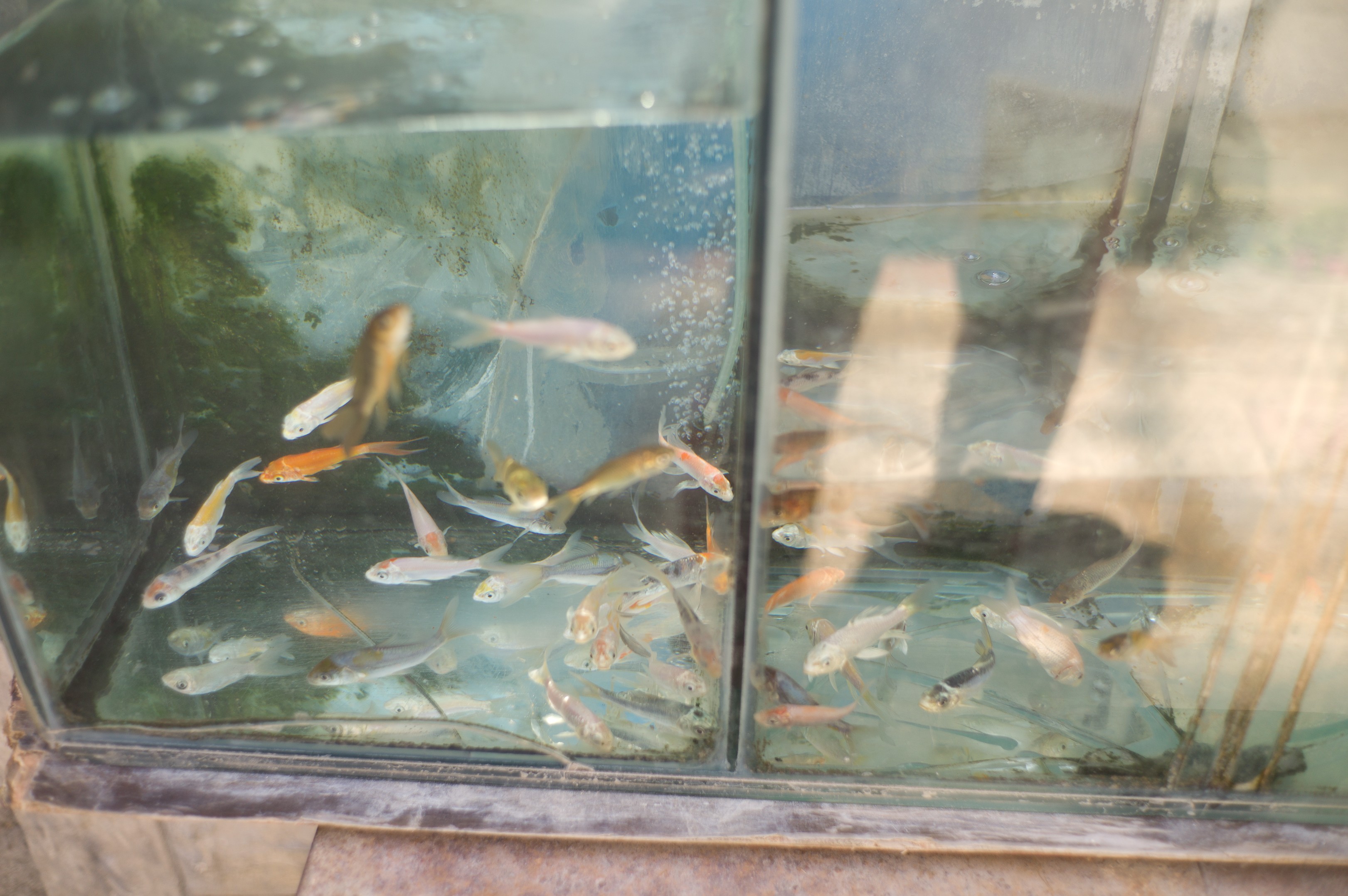what do we want to sustain and for whom?
new paper available published in the International Journal of Sustainable Development
with Silvio Funtowicz
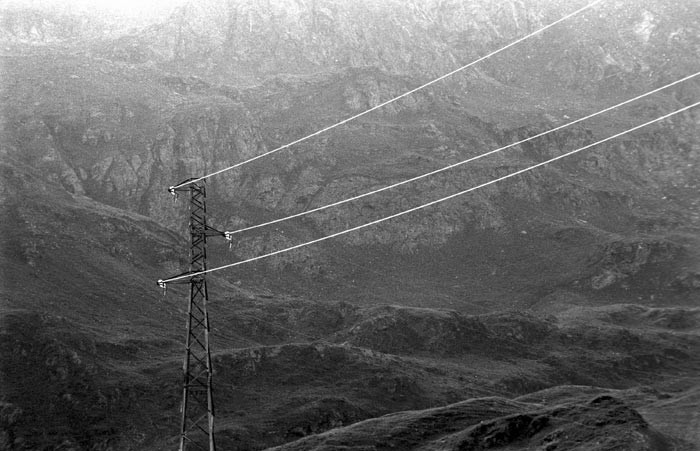

We analyse the relationship between the mainstream framings of sustainability and techno-scientific innovation. Focusing on sustainability, we discuss the need to shift from predicting and promising what to do (in the future) to a political resolution of how we want to live together (in the present). Next, we turn our attention to techno-science, examining the normalising forces emerging from the modern framing of sustainability and the strategies that standardise the envisioning of our techno-scientific future, and the risks and promises of innovation. Concentrating on two emergent technologies, along two main drivers of innovation: optimisation (for new pathways of ‘sustainable’ competitiveness and consumption) in the field of smart technologies, and substitution (for new resources) in the field of synthetic biology. Finally, we provide some suggestions about the role of complexity and quality vs. efficiency and functionality, for reopening the democratic debate about what is to be sustained and for whom.
DOI: http://dx.doi.org/10.1504/IJSD.2015.072666
